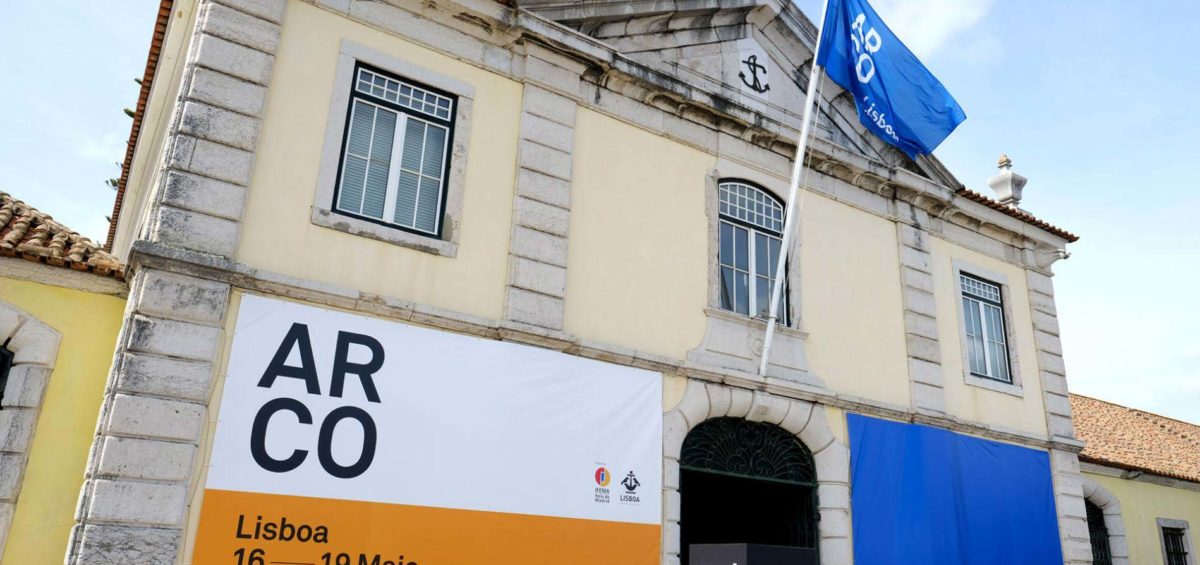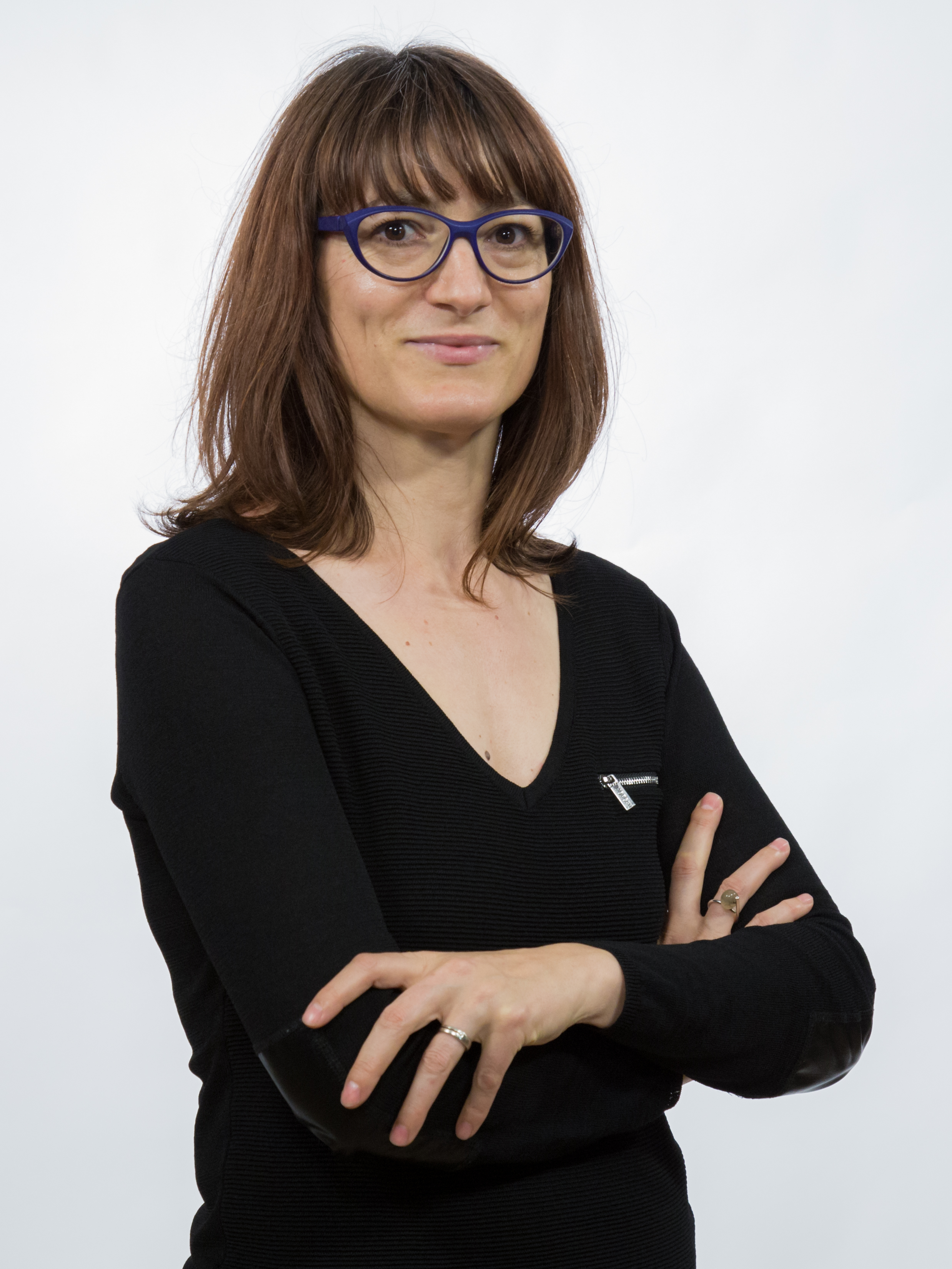By Adelaide Duarte
Researcher and Professor at Institute of Art History, School of Social Sciences and Humanities, Universidade NOVA de Lisboa, Lisbon, Portugal
/CASE ANALYSIS
ARCOlisboa: a newly art fair and its impact
ARCOlisboa: is there a need for a new contemporary art fair? Before COVID-19 crisis, academics agreed that arts fairs flourished all over the planet, showing their performance as a core business of the primary art market within the global world (Adam, 2014). Curioni, an Italian professor trained in Economics and Social Sciences, points out art fairs’ numbers since the seventies, mentioning a growth in 2011, from merely three to almost two hundred (Curioni, 2012), a number that didn’t stop increasing from then on. This demanding face-to-face attendance has been criticized for the exhaustion or the ‘fairtigue’ it provokes, adding the huge financial investment that requires from galleries, participating in them around the world. Since the pandemic period, digital art fairs converted the face-to-face traditional trade to their virtual versions, with an expectation of a prolific field of possibilities (with still unstudied results). Answering the raised question, in the global context there is no need for a new contemporary art fair. Therefore, it seems reasonable to discuss the relevance that a small art fair like ARCOlisboa may have, committed to the promotion of the contemporary art with an international ambition, and try to understand if it can be an alternative to other art fairs or if it can attract dealers, curators, agents, and collectors of high income. On the other hand, we will try to understand its impact, analyzing it. Addressing those questions is the main aim of this article.
How can an art fair be distinguished from others? ARCOlisboa recently opened, in 2016, and takes place yearly in May. It is promoted by IFEMA[1], also responsible for ARCOmadrid, a leading large-scale art fair that begun in 1982. It is its first internationalization outside Spain. The model adopted for Lisbon is indeed different from the one for Madrid. It claims to be a boutique art fair with featured artists (a different concept from the niche art fair focused on a subject or on a technique), in order to minimize the investment risk and to respond to a peripheral art market, such as the Portuguese. The boutique art fair concept is one of the reasons for choosing Cordoaria gallery, a historical place from the former navy rope factory built in the 18th century with easy circulation. At the same time, aware of the need to distinguish itself from others, and in opposition to Madrid, which usually adopts the guest country strategy (since 1994), ARCOlisboa organizers intend to stimulate autonomy and the identity trough unique contents, underlying Lisbon atmosphere and its art environment, in a human scale dimension where artworks can be enjoyed in an intimate and comfortable situation.
Portugal traditionally has a low contemporary art market performance and a local scope. Nevertheless, especially since the beginning of the new millennium, a set of infrastructures and activities that seem to articulate a common strategy towards internationalization have been noticed, mainly through the action of private agents. I am referring to the contemporary gallery sector, which aims to promote the visual arts locally and abroad, and to the art collector’s activities. Both seem to join efforts: the first have been progressively participating in art fairs abroad at the same time that they have included foreign artists in their program. The second, concerning the collector’s activities, we observe that they have been acquiring art from Portuguese contemporary artists alongside with foreign counterparts which they have shown in recently opened art centers and museums (Duarte, 2020; Duarte, 2016).
How do we analyse the impact of an art fair at a regional level? When we consider the figures of ARCOlisboa’s four editions (between 2016 and 2019; in 2020, ARCOlisboa was an online edition due to the COVID-19 pandemic crisis), galleries participating numbers grew up from 45 to 71, from 8 to 17 countries and a predominance of foreign artists, with an audience attendance that slightly decreased from almost 13k to 11K[2]. Taking into account that the impact of an art fair can be measured using categories, such as the social and the economic impact, those numbers suggest a low impact between stakeholders and involved agents. During the art fair’s attendance, IFEMA employs a number of people to carry on logistic activities, management, press and media, guided tours through booths – thus representing an important source of revenue. Also, to boost interest in the fair, organizers created an attractive program of talks, meetings and social events for both the local and international audience, discussing the hierarchies, the scale and the influence of the global art system on peripherical markets through art collections, contemporary art tendencies, museums and art centers. New contents have been recently added: the new special section, Africa Focus, started in 2019. Paula Nascimento, an architect and curator, is being the responsible since the last two editions, for the invitation of the galleries from Portuguese speaking African countries, aiming to diversify the ARCOlisboa’s offer, in a moment where contemporary African art showed an increased interest by agents and by the art market. The ARCOlisboa organizers also provide gallery walks, inviting experts and collectors to special openings of Portuguese galleries (the number of the ARCOlisboa’s invited collectors come up from 51, in 2016, to 190 at the four edition, in 2019, showing a strong commitment to its successful participation), and the realization of restricted meetings in the collectors’ private houses, or artists’ studios, in a kind of cultural destination with an educational goal (Morgner, 2014).
Besides, there are external factors contributing to the underlying of the art fair impact. Art institutions, galleries, independent art spaces, articulate a special program to enhance the circulation of its art lovers target, during the art fair’s attendance. The aim is to allow agents to gain visibility and use their ability to open a network linked with museum curators, art dealers, artists and wealthy collectors. Plus, the city council supports the art fair, allegedly to stimulate a modern image of the city as a cosmopolitan Lisbon, a brand that it wants to engage with. Thus, a protocol was signed with IFEMA, in 2018 (for three years), ensuring conditions for the logistic issues and for the creation of acquisition funds to stimulate institutional collecting at the art fair. Another external factor is the appearance of JustLx – Lisboa Contemporary Art Fair, the first ARCOlisboa satellite art fair, opened in 2018, devoted to emergent art and relevant for the dynamics it creates to the Lisbon art scene.
Returning the previous question, how do we analyse an art fair’s impact, numbers showed a deficient performance understandable in a peripheral art market. But, at the same time, ARCOlisboa organizers set up activities and measures to encourage the event, underlying its quality, its aesthetic pluralism, and the benefits for an intimate human scale. If this global pandemic crisis will bring a redefinition of the art fair model, ARCOlisboa with its human scale and specificity may contribute to the discussion, avoiding the ‘fairtigue’ complain and being valued in international terms.
Questions for further discussion
· Is there a need for new contemporary art fair nowadays?
· How can an art fair be distinguished from others?
· How do we analyse an art fair’s impact at a regional level?
References
ADAM, G. (2014). Big Bucks. The Explosion of the Art Market in the 21st Century. Farnham: Lund Humphries.
CURIONI, S. B. (2012). ‘A Fairy Tale: The Art System, Globalization, and the Fair Movement’, Lind, Maria; Velthuis, Olav (eds.) Contemporary Art and its Commercial Markets: a Report on Current Conditions and Future Scenarios. Sternberg, pp. 115-151.
DUARTE, A. (2020). ‘The Periphery is Beautiful: The Rise of the Portuguese Contemporary Art Market in the 21st Century’, Arts, 9, 115; doi:10.3390/arts9040115
DUARTE, A. (2016). Da coleção ao museu O colecionismo privado de arte moderna e contemporânea em Portugal. Lisboa: Caleidoscópio/Direção Geral do Património Cultural.
MORGNER, C. (2014). ‘Evolution of the Art Fair’, Historical Social Research 39 (3), pp. 318-336.
Art historian, researcher and assistant professor at the Institute of Art History, School of Social Sciences and Humanities, Universidade NOVA de Lisboa. Adelaide is the Executive Coordinator of the Postgraduate Program “Art Market and Collecting” at Universidade NOVA de Lisboa, since its first edition at 2016, and also the coordinator of TIAMSA subcommittee Art Market and Collecting in the European Southern Countries and Brazil. Member of the research group “Museum Studies: Art, Museums and Collections”. She received her Ph.D. in Museology and Cultural Heritage (2012) at the University of Coimbra, analyzing private collections of modern and contemporary art in Portugal. Master’s degree in Museology and Cultural Heritage (2005), and degree in Art History (1998) at the same University. She has supervised Ph.D. and Master students on topics relevant to the history of contemporary art collections, art museums and galleries. Her current work covers topics such as private collecting practices, contemporary collectors, art fairs and biennials, primary art market and ideas around the periphery and the global south. Concerning this subject, she co-organized the international conference on The Art Market and the Global South: New Perspectives and Plural Approaches (Lisbon, 2019).
__________________________
[1] IFEMA is a consortium run by the Madrid City Council, Madrid Regional Government, the Chamber of Commerce and Industry and Fundación Obra Social y Monte Piedad de Madrid. In Portugal, IFEMA has the support of the Lisbon City council, the Tourism of Portugal, and the Portuguese Ministry of Culture.
[2] This data came from a research carried out by author for the publication of a forthcoming article named: From Global to Local: ARCOmadrid – ARCOlisboa. A case study.
__________________________
COVER PICTURE: ARCOlisboa. Main entrance at Cordoaria. 2019 © IFEMA/ARCOlisboa. Photo by Rodrigo Gatinho






